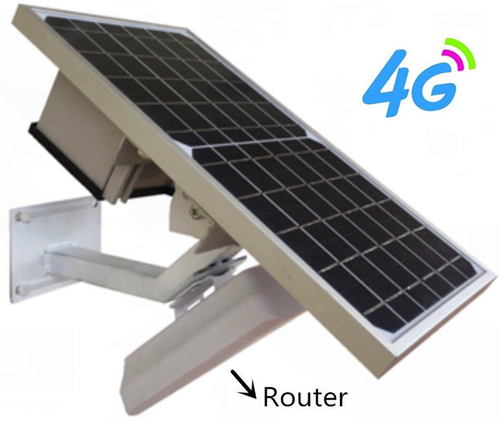
February 25, 2022

Today, we explain the difference between internal and external Wi-Fi antennas and why internal antennas provide the best wireless coverage in the home, while external antennas provide a coverage area that resembles a doughnut.
All wireless equipment needs antennas to communicate. Some have visible, external antennas, others have internal antennas that we cannot see.
Her i Eye Networks forhandler vi trådløse tilgangspunkter (aksesspunkter) med interne antenner.
We constantly see articles and get questions based on the assumption that external antennas provide better coverage or higher transmission strength than internal antennas, regardless of scenario.
This is not true, but internal and external antennas have different strengths and weaknesses that make them suitable for different uses.
Let's start at the beginning.
Internal antennas are located inside the device and are usually not visible to the user.
For wireless clients — that is, mobile phones, computers, and other devices — internal antennas are completely dominant. For wireless equipment such as routers, modems, repeaters and IADs, there are still many vendors that use external Wi-Fi antennas.
Several types of external and internal antennas are in use, but for wireless products for the home, you will see these two almost exclusively:
External dipole antennas can be controlled directionally. Thus, if the antennas are perfectly positioned, they can provide a stronger signal in a given direction. Directionally controlling signals works best outdoors where there are few obstacles to signals. Indoors, the obstacles are so many that Multipath technology (MIMO), which allows the signals to take multiple paths simultaneously to the client, usually will work better than directional control.
For Multipath minimizing the blind zone is also an advantage.
External dipole antennas have a blind zone of 60 degrees extending upwards and downwards, making the signal pattern of a typical dipole antenna look like a huge doughnut. This means that signal strength for floors above and/or below the antenna will be weaker.
Internal PIFA antennas provide a pattern that is more spherical and stretches in any direction. The pattern is influenced by how grounding has been done and the size of the circuit board in the unit – therefore it is not entirely sphere-shaped, but it will still distribute the signals much more evenly than the external antenna.
In simple terms, an external antenna could provide coverage that extends farther away from the transmitter, while the internal antenna provides more complete coverage. The blind zone is minimized, also providing better conditions for Multipath technology.
Basically, an external antenna has an efficiency of around 95, while the PIFA efficiency is around 75. In practice, the efficiency of internal and external antennas are still almost equal.
Because the antennas are literally external, they also need to be connected by cable, and the connection points and cable provide an efficiency loss that reduces the difference. Where the wires intersect with electronic components, these will also add interference.
The connectors on the circuit board may sometimes loosen because of rough handling, such as during transport, thereby causing unreliable contact and weaker effects.
Antenna gain or gain is the ratio of how effective the antenna is, the direction it transmits in, and how effective an imaginary antenna with no signal loss would be.
Because antenna gain is a measure that combines efficiency with directional control, external antennas get the better results. However, this assumes that you are only looking at points that lie within the antenna's doughnut-shaped coverage field, in the direction that the antenna is pointing.
In other words, internal antennas have slightly lower aerial gain, but they deliver signals with the same efficiency in a larger area.
Here there is literally no difference. The transmission power of wireless equipment used is strictly regulated by law. Regardless of internal or external antennas, all equipment is subject to the same maximum limits. Attempting to amplify or "boost" the antenna, will in many cases take the transmission strength up to an illegal level.